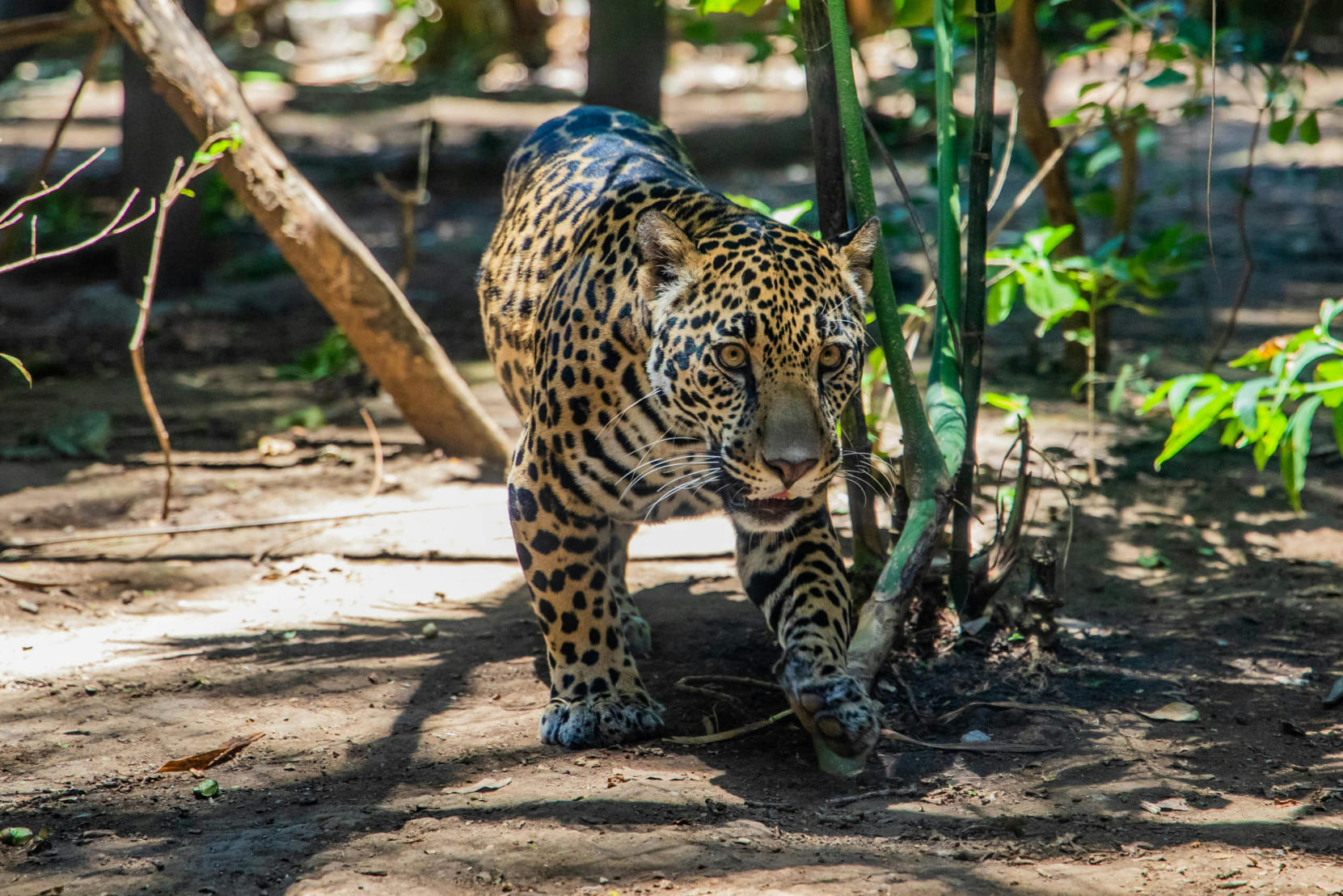Protecting Endangered Species
Zoos play a crucial role in protecting endangered species, providing safe habitats and participating in breeding programs that help increase population numbers for species at risk.
Zoos play a crucial role in protecting endangered species, providing safe habitats and participating in breeding programs that help increase population numbers for species at risk.

Zoos offer a unique opportunity to see animals up close, fostering a love for wildlife and inspiring visitors to take an active role in environmental conservation.
Each species plays a unique role in its ecosystem. By preserving biodiversity, zoos help maintain the balance of nature, which is essential for a healthy planet.
Zoos provide educational programs for people of all ages, helping them learn about wildlife, habitats, and the importance of protecting natural resources.
Conservation projects in zoos help preserve endangered animals, fund habitat restoration, and support initiatives to protect wildlife around the world.
Rainforests are home to more species than any other ecosystem on Earth. By preserving these environments, we protect countless animals and plants that depend on them.
Apex predators, such as wolves and lions, play a vital role in maintaining ecological balance. They help regulate prey populations, which in turn affects the entire food chain.
From the long neck of the giraffe to the camouflaging colors of the chameleon, animals have developed remarkable adaptations to survive and thrive in their environments.

Zoos play a vital role in educating the public about wildlife and conservation. Through interactive exhibits and animal encounters, visitors learn the importance of protecting nature.

Bees, butterflies, and bats are essential pollinators that support plant life around the world. By helping plants reproduce, they support entire ecosystems and the food web.

Many animals, like whales and birds, migrate long distances in search of food, breeding grounds, or warmer climates. These journeys are among nature’s most incredible phenomena.

Some animals, like beavers and elephants, shape their environments in ways that benefit other species. Their presence creates habitats that support a diverse range of wildlife.
"We visited the zoo with our kids, and it was an absolutely unforgettable day! The exhibits were beautiful and spacious, and it’s clear the animals are well cared for. The kids loved learning about each species, and the interactive zones kept them engaged for hours. We all walked away with a greater appreciation for wildlife and conservation. Highly recommend this for families!"
"If you’re an animal lover, this zoo is a must-visit. The variety of animals is incredible, and the enclosures are designed to look just like the animals’ natural habitats. The staff is passionate and took the time to answer all my questions. I loved seeing the zoo’s commitment to conservation and public education. A wonderful experience from start to finish!"
"As someone passionate about conservation, I was so impressed by the educational programs at this zoo. The staff is knowledgeable and really invested in raising awareness about endangered species and habitat protection. The exhibits are informative, and seeing these animals up close makes you feel the importance of protecting our planet. It was an inspiring experience!"
"I was really touched by how much care is taken to ensure the animals’ well-being here. The enclosures are natural and spacious, allowing the animals to behave as they would in the wild. The zoo staff was friendly and clearly passionate about their work. It’s wonderful to see a place that prioritizes both education and animal welfare."
"We took our grandparents to the zoo, and everyone had an amazing time. There’s something for all ages here, from kid-friendly interactive exhibits to peaceful areas with benches for older visitors. We loved the informative talks, and the animal encounters were a highlight. We’ll definitely be back!"
"I wasn’t expecting to learn so much! The zoo does an incredible job combining fun with education. Each exhibit has lots of information about the animals and their natural habitats, making it a fascinating and eye-opening experience. I left with a new understanding of how zoos help protect endangered species."
Oceans cover more than 70% of Earth’s surface and house diverse ecosystems. Marine life, from tiny plankton to massive whales, plays a key role in regulating climate and supporting global biodiversity.
Camouflage helps animals blend into their environments, hiding them from predators or allowing them to sneak up on prey. From arctic hares to octopuses, nature is full of master disguises.